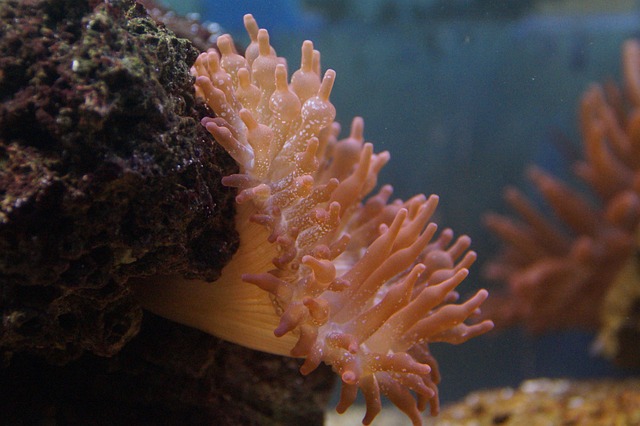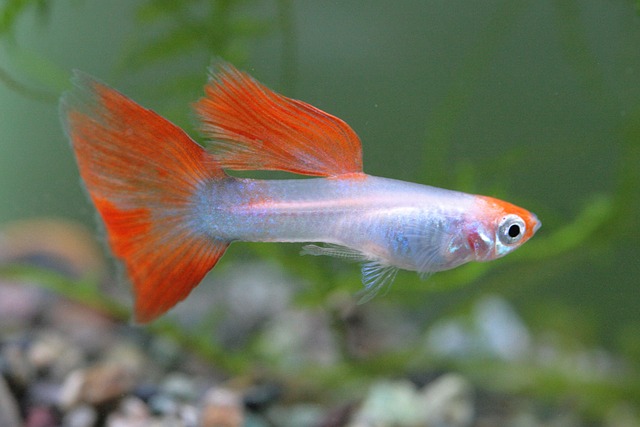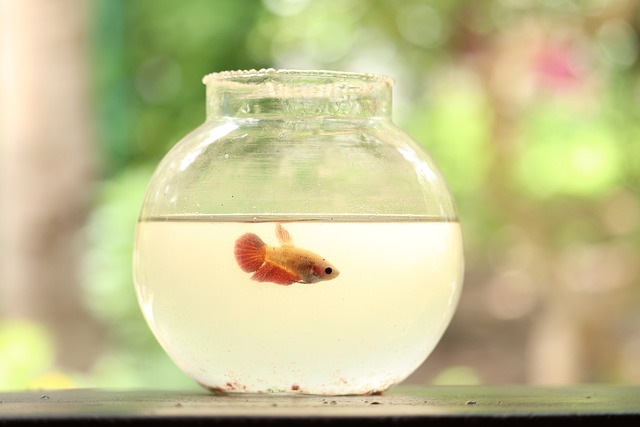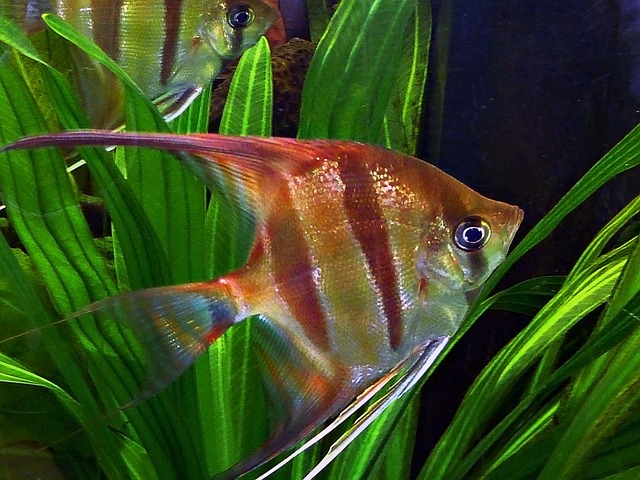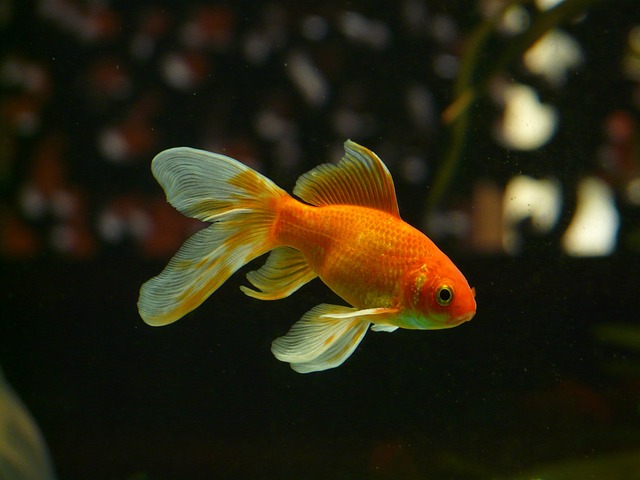Sea anemones, with their distinctive tentacles and vibrant presence, are often mistaken for plants by the casual observer.
However, they are indeed biotic, living organisms belonging to the animal kingdom, specifically the phylum Cnidaria.
This group also includes other marine life, such as jellyfish and corals. Known for their symbiotic relationship with clownfish, sea anemones are a fascinating subject within marine biology due to their diverse species, complex lifecycles, and ecological significance.
As sessile predators, sea anemones anchor themselves to rocks or coral reefs in the ocean.
They capture their prey using a specialized structure called a cnidocyte, which is essentially a stinging cell. These cells can inject toxins into prey, which paralyzes it and allows the anemone to move the food towards its central mouth.
This method of feeding is just one aspect of their complex biological processes, which also include their methods of reproduction and interactions with their environment.
Understanding whether sea anemones are biotic or not provides insight into broader ecological questions.
They play a vital role in marine ecosystems both as predators and prey, contributing significantly to the biodiversity of coral reefs.
Their health and distribution can often indicate the overall health of their marine habitats, making them important organisms to study within the context of environmental science and oceanography.
Sea Anemones as Biotic Components
Sea anemones are essential biotic components of marine ecosystems, contributing to biodiversity and ecological balance. Their role extends from being individual living organisms to key players in their habitats.
Biological Classification
- Kingdom: Animalia
- Phylum: Cnidaria
- Class: Anthozoa
- Order: Actiniaria
Sea anemones are classified within the kingdom Animalia, signifying they are multicellular, eukaryotic organisms that play specific roles in natural ecosystems.
As members of the phylum Cnidaria, they share characteristics such as radial symmetry and the presence of cnidocytes – cells used for capturing prey.
Within the class Anthozoa, sea anemones are further distinguished for their non-moving (sessile) lifestyle and predominantly solitary existence in the order Actiniaria.
Ecological Role
Primary Functions in Ecosystems
- Symbiotic relationships: Hosting clownfish and serving as habitats for various marine species.
- Food web contribution: Acting as predators and prey, thereby maintaining balance.
In ecological terms, sea anemones contribute significantly through their symbiotic relationships, especially with clownfish, providing shelter in exchange for food scraps and protection.
Their predatory nature positions them as vital links within the food chain, where they consume small fish and invertebrates, and conversely, they serve as a food source for certain fish, sea turtles, and sea slugs.
This dual role as predator and prey is crucial for the health and sustainability of marine environments.
Habitat and Distribution
Sea anemones are widely distributed across various marine environments. They are highly adaptable, residing in both shallow waters and deep-sea habitats.
Preferred Habitats
Sea anemones typically favor stable structures such as coral reefs, rocks, or the ocean floor, where they can secure themselves. Specific anemone species may also be found on soft sediment or adrift with ocean currents if they associate with other organisms like hermit crabs.
- Stable substrates: Coral reefs, rocks, shells
- Mobile associations: Hermit crabs, driftwood
Geographical Range
The geographical range of sea anemones is global, extending from the equator to the poles. Some species exhibit a preference for certain temperature ranges, leading to greater densities in the tropics, while others can be found in cold, temperate, and polar waters.
- Tropics: Higher species density, warm-water preference
- Temperate and Polar Regions: Adapted to colder waters
Reproduction and Life Cycle
Sea anemones exhibit two primary modes of reproduction: asexual and sexual, each contributing to their ability to colonize various marine environments.
Asexual Reproduction
Fragmentation: This method involves an anemone splitting into two or more parts, with each part regenerating into a complete anemone.
Pedal Laceration: In this process, small pieces from the base, or pedal disc, of the anemone detach and develop into new individuals.
Budding: Here, anemones form new individuals from buds that appear on their bodies which then detach when fully developed.
Sexual Reproduction
Hermaphroditism: Some species are hermaphrodites, containing both male and female reproductive organs, thereby producing both eggs and sperm.
Gonochorism: Other species are gonochoric, having distinct male and female individuals. They release sperm and eggs into the water, where fertilization occurs.
External Fertilization: The norm for sea anemones is external fertilization where eggs and sperm meet in the open water, leading to the formation of free-swimming larvae.
Internal Fertilization: Few species practice internal fertilization, where the sperm is taken into the female’s body to fertilize the eggs, which then develop into larvae internally before being released.
Interactions with Other Species
Sea anemones engage in varied interactions with other marine life, especially forming symbiotic relationships and exhibiting specific predation and defense mechanisms.
Symbiotic Relationships
Clownfish and Sea Anemones: The iconic partnership with clownfish involves a mutualistic relationship where anemones provide shelter and protection to clownfish, while clownfish bring food scraps to anemones and enhance their oxygen supply through water agitation.
Anemonefish and Anemones: Other anemonefish species also share a similar symbiotic relationship, offering a classic example of how sea anemones interact with other species to their mutual benefit.
Zooxanthellae: Many anemones harbor zooxanthellae, photosynthetic algae, within their tissues. These algae provide the anemones with energy through photosynthesis, while the anemones offer a protected environment and nutrients for the algae’s growth.
Predation and Defense Mechanisms
Predation: Sea anemones are proficient predators, using their venomous tentacles to immobilize and capture a variety of prey such as fish, mollusks, and crustaceans.
Defense: In defense, sea anemones employ a range of tactics, including:
- Nematocysts: Specialized cells called nematocysts allow anemones to sting predators and dissuade them.
- Toxin Production: They produce toxins that make them unpalatable to many would-be predators.
- Physical Withdrawal: Anemones can retract their tentacles and close up to protect their more delicate parts when threatened.

